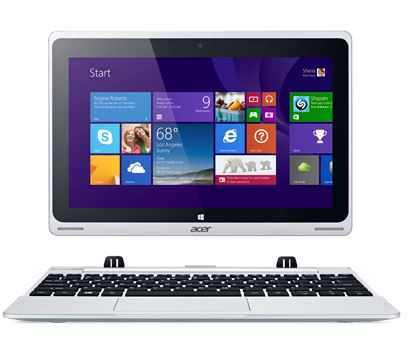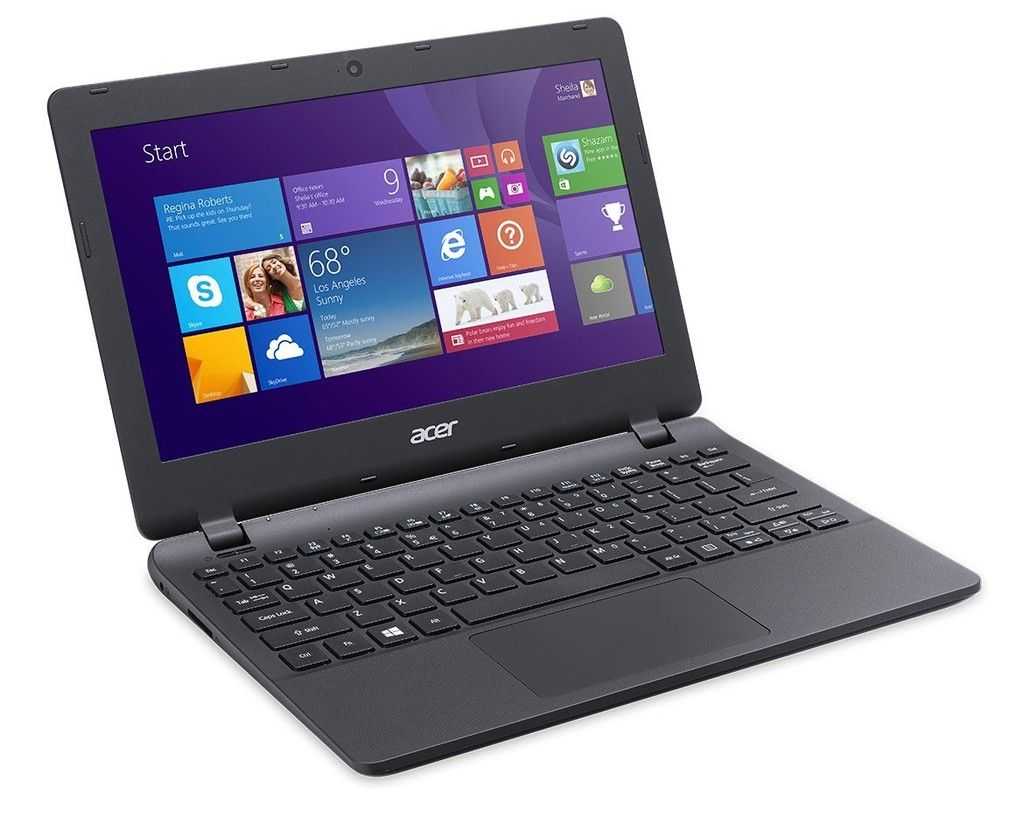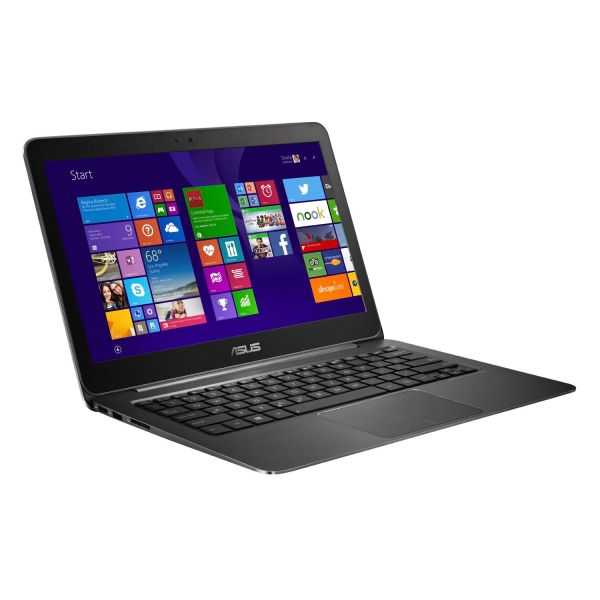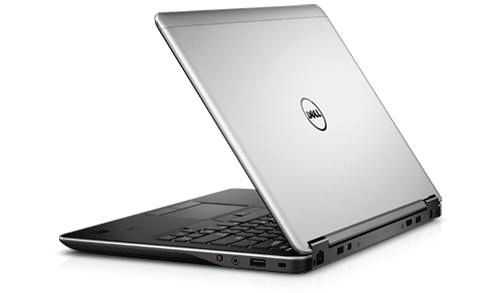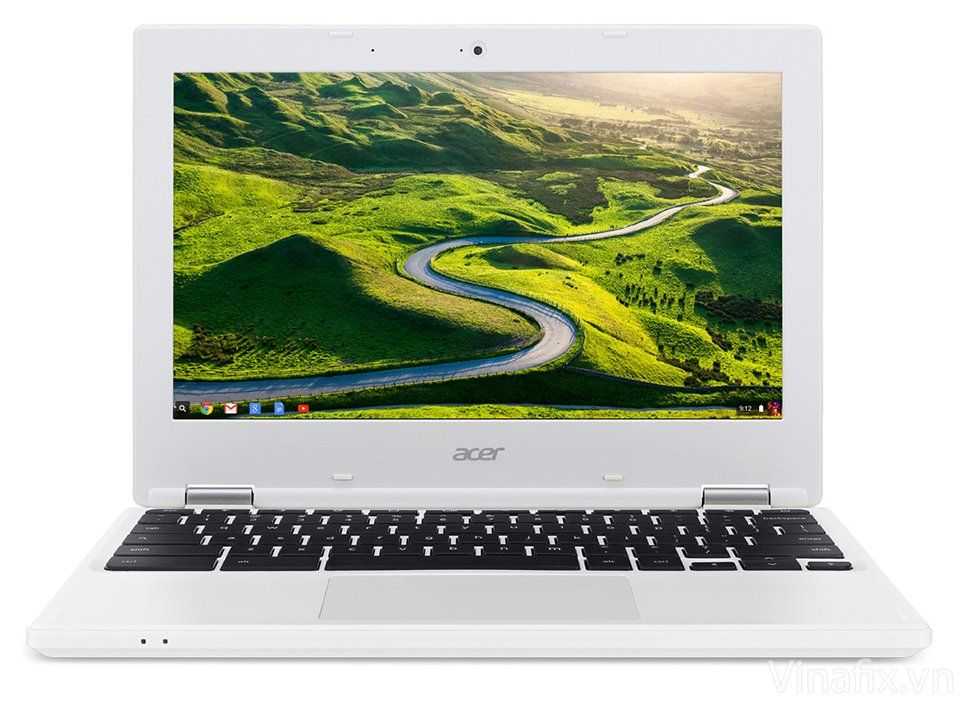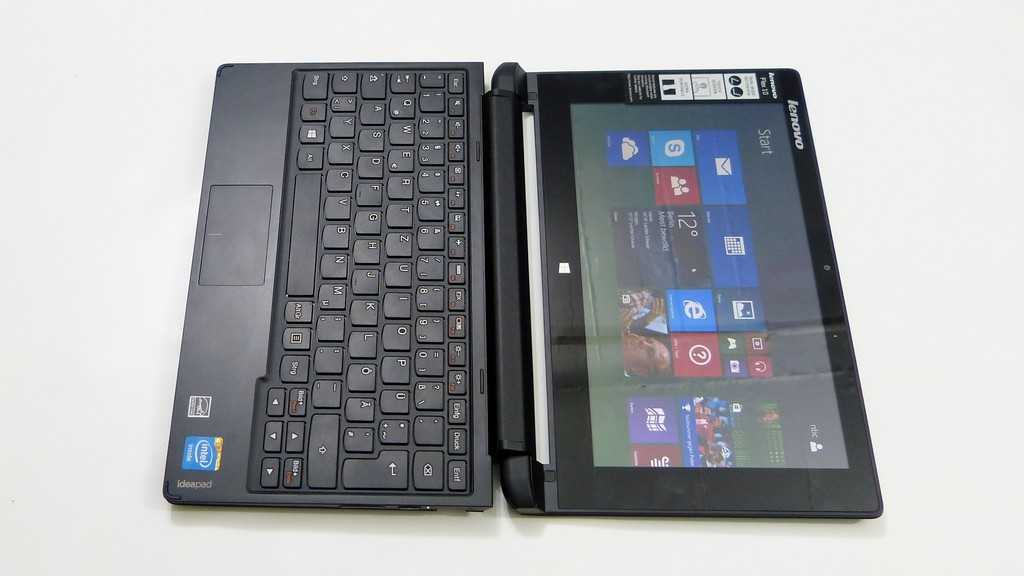Following on from my report about Origami CPU’s and getting back to a factual and more informative post than my previous outburst of joy on the Origami market, I’m continuing the ‘power’ theme and looking at the issue of power consumption. Why does an Origami battery only last 2 hours? Why is the device so big and what can be done to improve the situation?
One of the main hurdles of the Origami project was clearly to source the lowest-power components possible. Power useage is directly related to battery size, device size, weight and running times which are issues at the top of the list when designing an ultra-mobile PC. The technology is available today to design devices that are very small and powerful but unfortunately, this technology is expensive and a trade-off must be made against the cost. Take the OQO devices as an example. These devices are highly minaturaised but the price of these devices is high and has meant targeting a niche class of user prepared to pay the premuim cost. Thats not the same market as Microsoft would like to see Origami devices in.
Power requirements of PC’s
The deskptop PC’s and Monitors we use daily are drawing something like 100-150Watts of power with processors using about a third of that. The top-end Dual-core AMD processors can use 200Watts on their own. While that may not seem much compared to your 1000W kettle, if you were to try to power a desktop PC with batteries you’d be looking at carrying a kilo of very expensive top-quality battery for every hour useage.
A typical laptop battery has about 50 watt-hours of power and weighs around 400grams which would give you about 20-30 minutes of working time on your desktop device. A ultra mobile PC device has something like a 200gram weight budget for its battery. Thats equates to about 20-25 watts hours of power – enough to power your normal desktop PC for about 8 minutes. I’ve known Desktop PC’s that take that long to start up and shut down!!
Obviously every watt of power counts and in the past few years a massive effort has been made to reduce power consumption of CPU’s. The use of PC’s in the living room as PVR’s has driven a lot of this developement as has the need to move away from clockrate-based marketing and to focus on other unique selling points of processors.
In my CPU report, I gave some details about the CPU’s being used in Origami devices. As a quick re-cap, here’s the summary from that report.
Intel are offering the Pentium-M and Celeron-M low-voltage CPU’s. The devices that run at the 1Ghz mark have thermal design power (TDP) requirements of 5-7 watts. TDP roughly equates to ‘maximum power needed.’ The Celeron-M devices are Pentium-M devices with a reduced L2 cache and importantly, speed-stepping removed. They are offered as a lower cost alternative to the Pentiums saving something in the region of $80 in component costs to the manufacturers. In real terms, it means that the Celeron uses more power than the Pentium and that it could be slower in some operations.
VIA are offering the C7-M ultra low voltage (ulv) CPUs. The devices run at 1Ghz have a TDP figure of 3.5-5 watts. The C7-M is starting to appear in laptop products now but the version to be used in the Origami devices is the ULV version (ultra low voltage.) and as its such a new part there are no products out yet and no test results available. The SmartCaddy ultra mobile PC is the first product that will use the C7-M ulv processor.
On the face of it, it looks like VIA have a big advantage. Unfortunately for VIA though, their advantage will not translate directly to a large increase in battery life. The reason why is that the CPU accounts for something between only 10% and 30% of the total power requirement of the device. That means that at under full load, 1.5W reduction in TDP will only give you something like 10% extra battery life. In normal and semi-idle usage (say, for example, reading a document) there’s going to be no noticeable difference. Lets take a deeper look at the overall power breakdown of a UMPC.
ultra mobile PC power analysis.
There are no detailed figures for power and battery life for Origami devices yet but from data thats already available we can work out what the likely battery life is going to be. If you look in detail at all the power requirements for all the components its quite easy to see that 1.5 hours is probably going to be the minimum life of the battery and 3 hours will be possible with light use.
Here’s a closer look at where the power goes in a pc. I’ve researched a lot of figures and specifications from chipset data sheets, similar low-power devices and personal experience and here’s the average figures that I’ve come up with. These figures are based on an ultra mobile PC class device.
What is interesting is the fact that even when a PC is loaded, a third of the power requirement actually comes from the LCD panel. When a PC is only under low-load (average use) the screen accounts for well over half of the power requirement. It suprised me when I cross-checked a few other reports and found similar results.
Why then is there a big 7 inch screen in there? Why not a 5 inch screen that would take a lot less power. I’ve written my theory on that one later on in this report.
When we look again at the battery sizes provided with the devices its pretty easy to see where the battery life figure is going to be. An average power useage figure is going to be somewhere between 8 and 12 watts giving somewhere between 2 and 3 hours useage. An idle PC with the display off (for example, when playing MP3’s, listening to radio) is going to give you another 2-3 hours.
Its no surprise then that the The Mobile PC Extended Battery Life Working Group‘s first job was to issue guidelines for LCD panel manufacturers. Its here where the most savings could be made. New technologies are on the horizon but it will take time for these devices to become cheap enough.
5″ or 7″ Screen?
Considering the power requirements for that 7 inch screen, i’m wondering why Origami went for that size. My conclusion is one of mainly price and style.
Reason one is that 7 inch screens are common in the automotive industry and its possible that they represent the cheapest option for the screen.
Reason number two is that a certain level of dots or pixels per inch (dpi) must be maintained in order to make an 800×480 resolution actually readable.
Reason number three is that the device size was not determined by the LCD panel size but instead by the motherboard and peripheral sizes. The case had to be big regardless of what screen was in it. Even with the 7 inch screen, the current designs have a large unattractive border round them. Can you imagine how the same size case would look with a 5 inch screen. We’ll have to wait for more miniaturization (or pay for more doe the leading edge minature components) before the case size can shrink and we can see 6 and 5 inch screens and fasionably thin frames like in the Haiku concept model.
GPU power.
As far as the graphics chipset is concerned, the percentage of overall power consumption is low and any reductions made here won’t really show up in every-day useage figures. Most users aren’t even going to be using a graphics chipset much so the effect is reduced even more. For gamers, this is slightly different. 3D graphics users can expect to be using 2 or 3W more on average which will equate to 10-15% less battery life. As improvements are made to CPU’s, we can expect the same improvements to be made in GPU’s.
Hard Disk.
The hard disk, as an overall percentage of power drain, doesnt have a huge impact on battery life. However there is scope to reduct the hard disk power by a lot. Namely, by using flash memory. Currently, flash memory devices at the 10-20GB level are prohibitively expensive but in the next 2 years we should see flash disk options on ultra mobile PC devices. The saving could be in the region of 5% of total power useage.
Battery Technology.
Finally, there are changes that can be made to battery technology. Percentage changes here translate 1:1 to increases in device useage time.
The business of producing traditional LiIon batteries is well established and efficient and although there are a number of new technologies on the horizon, moving from LiIon production to new techologies will only occur when a step-change in battery life can be achieved. That means we’re stuck with LiIon technology for a while which might not be a bad think as LiIon technology is improving at a rate of about 20% more efficiency per year. One report I have read talks about batteries that have a 2,700 W/kg power to weight ratio. Thats 10 times the value of the batteries currently in ultra mobile PC devices! Future deveopments include Li-Poly batteries and ultracapcitors but as mentioned before, these require different manufacturing processes and will be expensive to move to for mass-market devices.
Summary.
In my opinion, the level of power required for Origami devices was pre-defined at an early stage in the project. The choice of using XP as an operating system pretty much defined all other parameters for power consumption. A 1Ghz CPU, a GPU, a Hard disk, 512MB ram and an 800×480 display all have specific power and weight requriemetns. There are lower power chipset options but these would not support the OS chosen for the project. Take for example the Xscale processor. These are commonly used in smartphones and pocket PC’s. With 20 watt batteries and 5 inch screens they could run for 5-6 hours but they wont run a full XP operating system. The 3 hour battey life, weight and design restrictions are, as many people have noted, dissapointing at the moment but within 12 months we’re going to see a maturing of the components and hopefuly, elements of economy as production numbers increase.
Better screen panel technology is the key at the moment. They are inefficient and we will have to wait until new panel technology filters though into the correct price range. Battery technology is obviously important and again, the new technologies need to filter into common use before they are affordable. Miniaturization of components will help to reduce case sizes having the advantage that a 5 inch or 6 inch screen wont make it look like a toy. Processor technology needs improving and complete integration of CPU and co-processors is needed. Its going to be a game of cutting down here and there and waiting for better pricing on new technoligies.
Keywords: umpc origami report





